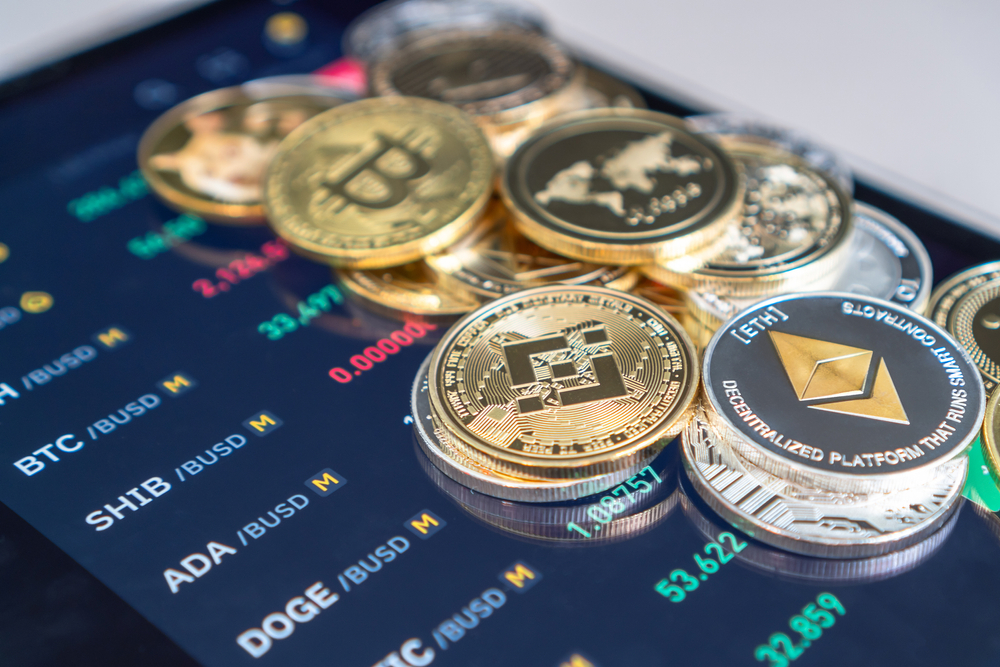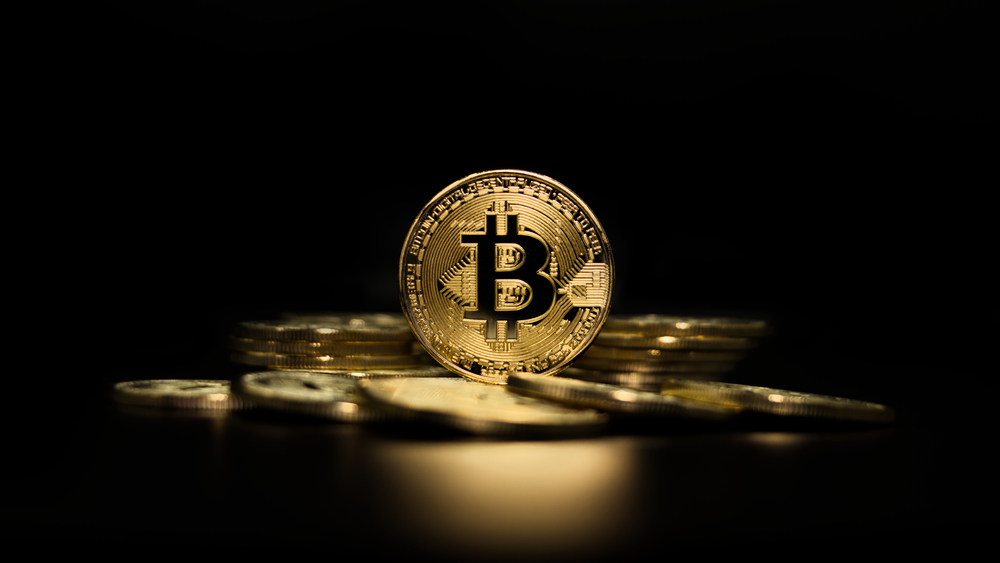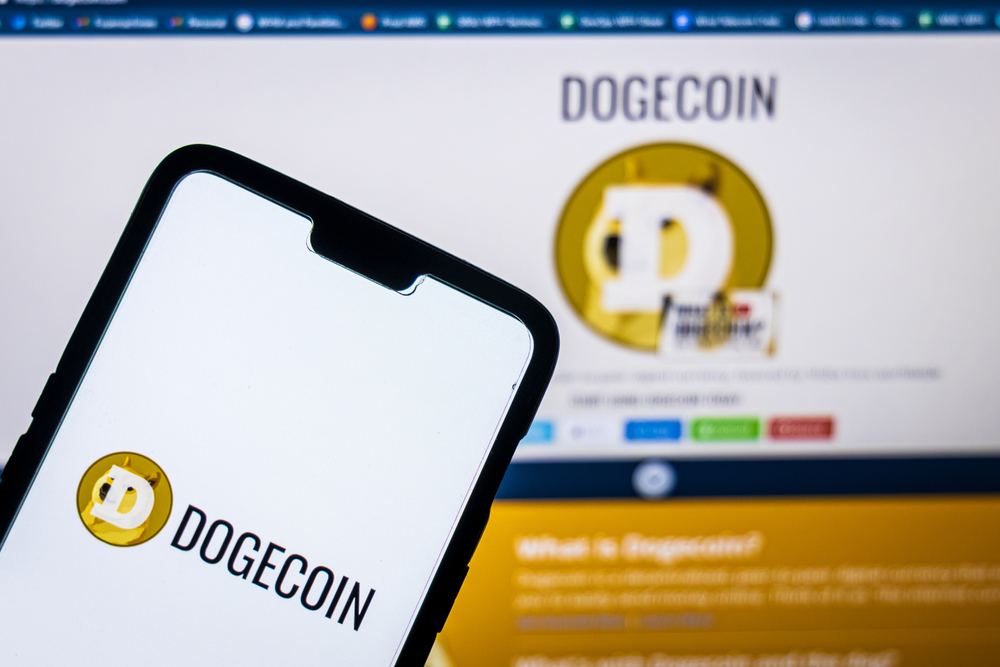How To Protect Yourself From NFT Swap Order Scams

The meteoric rise of non-fungible tokens (NFTs) comes with a darker side: the prevalence of scams targeting unsuspecting traders. Among these scams, NFT swap order scams are the most common.
This comprehensive guide looks into the world of NFT swap order scams, discusses how they operate, and how investors and collectors can protect themselves from falling victim to these fraudulent schemes.
Understanding NFT Swap Order Scams
NFT swap order scams involve perpetrators deceiving victims into exchanging valuable NFTs for counterfeit or worthless tokens. Unlike conventional cryptocurrency transactions, where units are interchangeable, NFTs possess distinct qualities and are not fungible. This uniqueness makes them vulnerable to manipulation and exploitation by scammers.
The modus operandi of NFT swap order scams typically involves:
Try Crypto Engine today, the best crypto trading bot! Click here to sign up. Artificial intelligence crypto bots are leading the trading markets, you can take part in the AI revolution and make money too! Stay ahead of the crypto game with Artificial Intelligence crypto trading bot today!
- Creation of Fake NFTs: Scammers create counterfeit NFTs resembling valuable ones. These fake NFTs may have visuals and metadata similar to genuine items, making them difficult to distinguish at first glance.
- Listing on Reputable Platforms: Fraudsters list fake NFTs on reputable NFT marketplaces or decentralized exchanges (DEXs). They may employ tactics to manipulate listings and make them appear authentic, luring unsuspecting buyers into their trap.
- Initiation of Swap Orders: When a potential buyer expresses interest in a fake NFT, the scammer swiftly initiates a swap order. They offer to exchange the counterfeit token for a genuine one, exploiting the victim’s desire to acquire valuable digital assets.
- Execution of the Scam: Upon completion of the swap order, the scammer transfers the fake NFT to the victim’s wallet instead of the genuine one they promised. Due to the similarity between the fake and genuine NFTs, the victim may not realize they have been defrauded until later.
Differentiating NFT Swap Order Scams from Phishing Scams
Meanwhile, it’s essential to distinguish between NFT swap order scams and phishing scams, as they target traders through different methods. NFT swap order scams entail manipulating swap offers on platforms to trick targeted individuals into losing their specific NFTs.
In contrast, phishing scams use fake messages or websites to steal wallet login details, leading to the theft of all crypto assets in the compromised wallet.
Identifying Red Flags And Mitigating Risks
There are several red flags that traders can look out for to identify potential scams and mitigate risks:
- Unusually Low Prices: Deals that seem too good to be true indicate fraudulent activity. Traders should be wary of sellers offering exceptionally low prices for valuable NFTs.
- Rushed Transactions: Scammers may pressure victims into completing transactions hastily, preventing them from conducting proper due diligence. Traders should proceed with caution if the seller appears rushed or unwilling to provide sufficient time for verification.
- Suspicious Artwork or Metadata: Traders should carefully examine the artwork and metadata associated with the offered NFT. Any discrepancies or inconsistencies may indicate that the NFT is a counterfeit.
- Doubtful Transaction History: Sellers with a small or dubious transaction history on the marketplace, or those who refuse to provide further documentation or ownership confirmation upon request, should be cautiously approached.
- Transactions Outside Reliable Platforms: If a seller insists on completing the transaction outside reputable platforms or escrow services, it could be a sign of potential fraud. Traders should prioritize completing transactions through reliable channels with built-in buyer protection measures.
Preventing NFT Swap Order Scams
Protection against NFT swap order scams requires diligence, caution, and adherence to best practices in the crypto space. Besides the red flags above, which can also serve as preventive measures, here are some additional tips:
- Verification of Authenticity: Verify the authenticity of the NFT and its associated smart contract address. Cross-reference the contract address with official sources or project websites to ensure it corresponds to the genuine NFT collection. Use blockchain explorers like Etherscan to review the token’s history and confirm its legitimacy.
- Community Engagement: Stay informed and engaged with the crypto community through forums, social media, and online discussions. Participate in discussions about scams, share experiences, and learn from others’ insights and observations. Community vigilance can help identify and prevent fraudulent activities before they escalate.
Conclusion
As the NFT market continues to evolve and attract more participants, the risk of encountering scams, such as NFT swap order scams, remains a pressing concern. By understanding the tactics employed by fraudsters and implementing proactive measures to safeguard against them, investors and collectors can mitigate the risk of falling victim to their schemes.
Disclaimer: Latest Coin News is your go-to platform for promoting content for a multitude of cryptocurrency and blockchain enterprises, and your organization could be the next to benefit from our services! For inquiries, don’t hesitate to connect with us via our Telegram Chat. Given the volatile nature of the cryptocurrency market, we encourage you to conduct comprehensive research prior to making any investment decisions. Some of the content on our website, such as broker reviews, is either paid content or contributions from guest authors and may not necessarily reflect the views of Latest Coin News. We disclaim any responsibility for the accuracy, quality, and content of advertisements, products, or any other materials, including ad spaces displayed on our platform. For a thorough understanding, we invite you to review our full terms and conditions and disclaimer.






